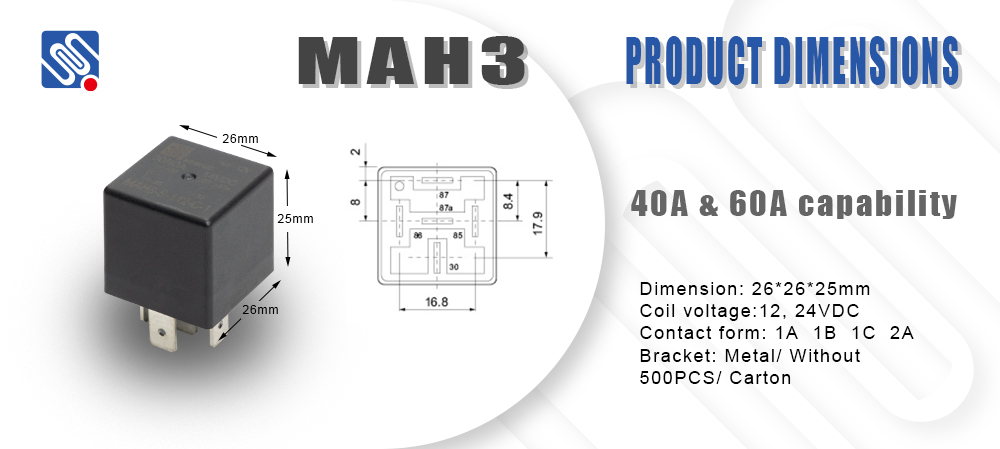relay troubleshooting: a comprehensive guide to diagnosing and fixing relay issues
Release time:2025-08-27 03:59:25
Relay troubleshooting is an essential skill for anyone working with electrical circuits, especially in systems that rely on relays for switching. Relays are vital components in many industrial, commercial, and residential electrical systems, controlling various loads such as motors, lights, and alarms. When a relay fails or operates incorrectly, it can disrupt entire systems, leading to expensive downtime or malfunction. This article provides a comprehensive guide to relay troubleshooting, offering step-by-step instructions on how to diagnose and fix common relay problems.

Understanding Relays and Their Role
A relay is an electrically operated switch that uses an electromagnet to open or close a set of contacts, enabling it to control the flow of electricity in a circuit. The primary function of a relay is to allow a low-power control signal to switch a high-power load, making it an essential part of many automated systems. However, like all components, relays can experience issues that affect their performance, and troubleshooting is necessary to ensure they continue functioning as intended.
Common Relay Problems
There are several common issues that can occur with relays. Some of the most frequent include:

